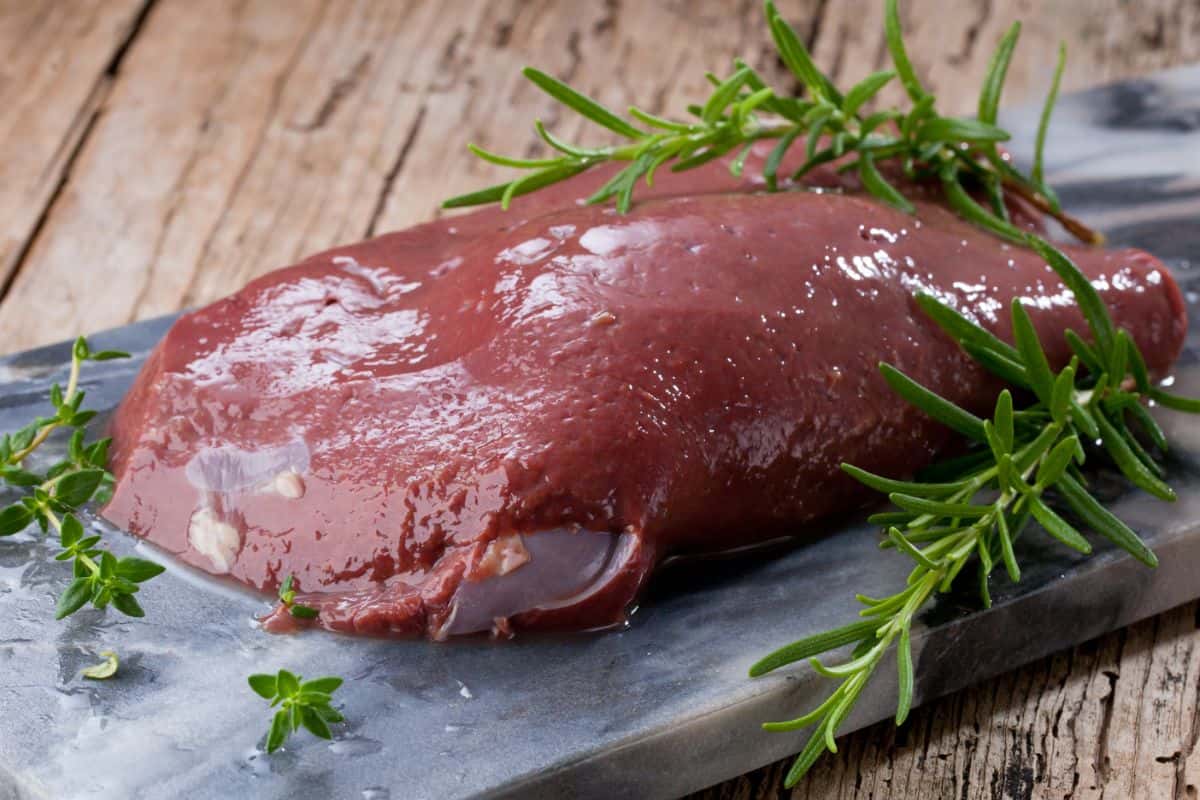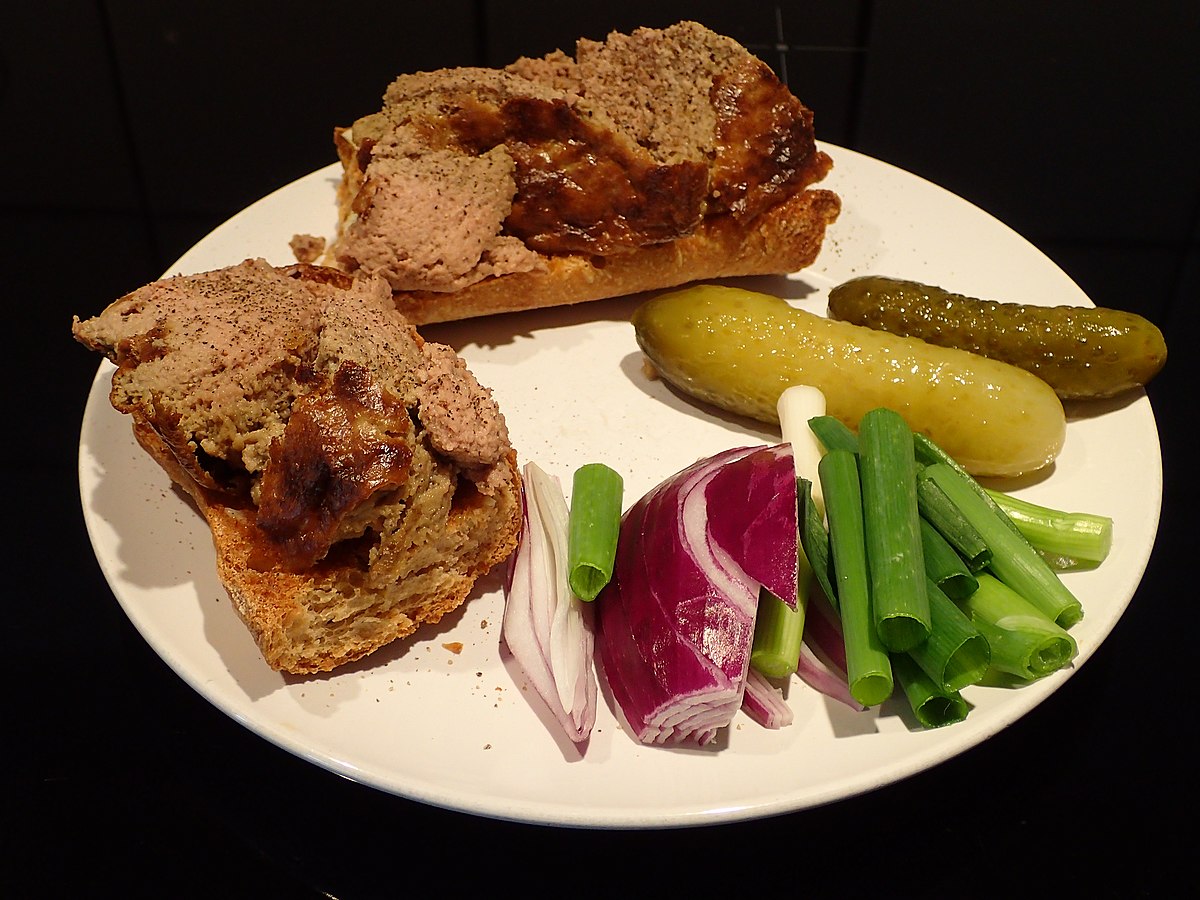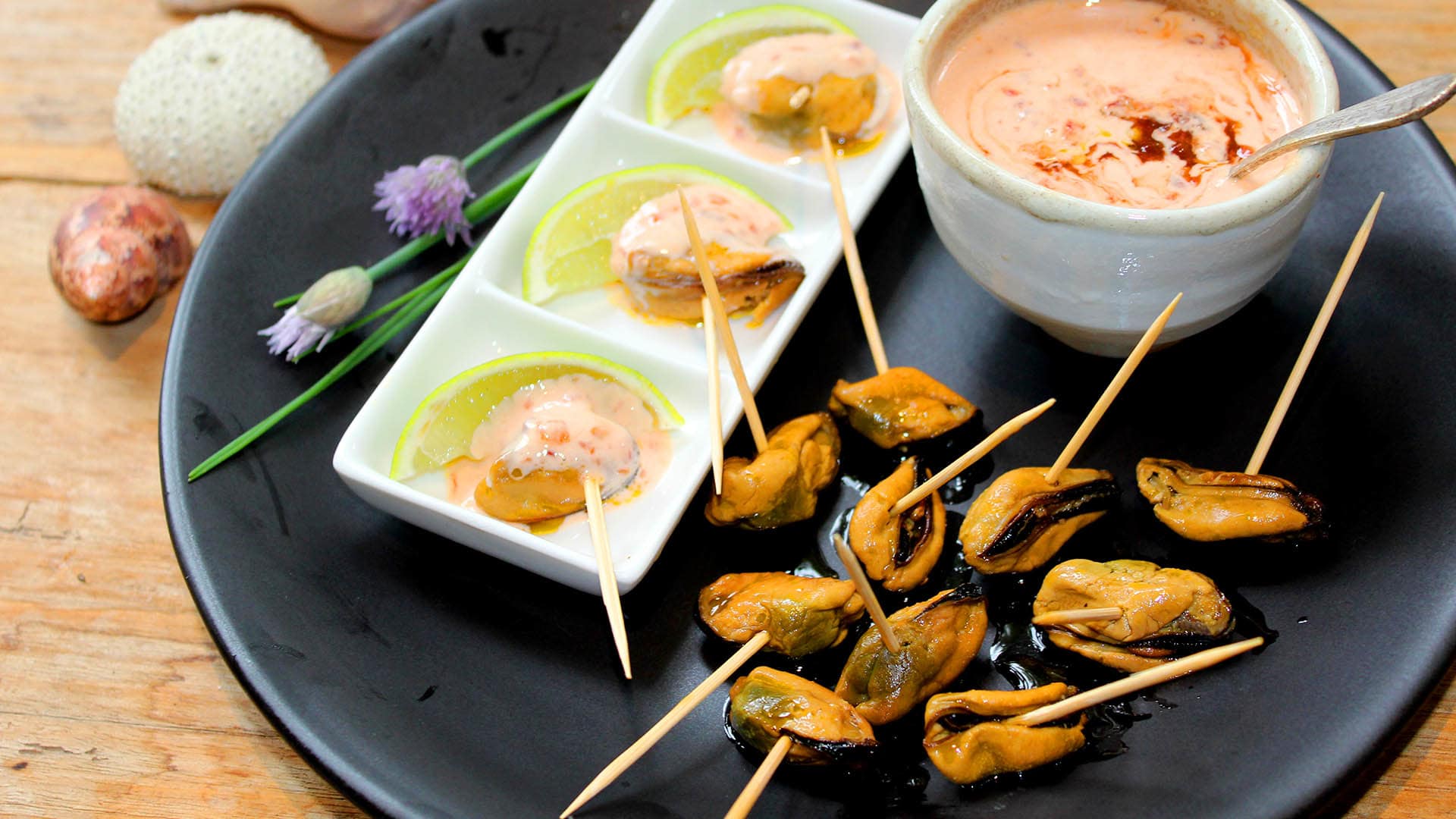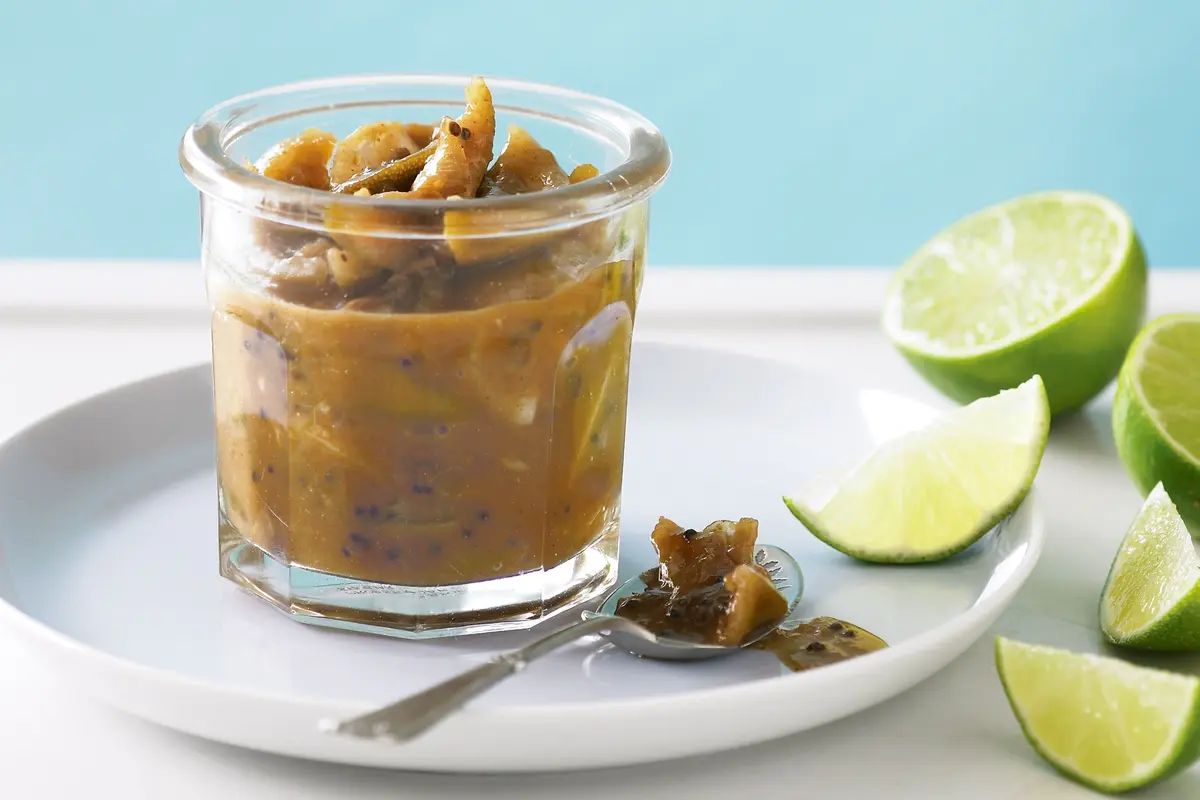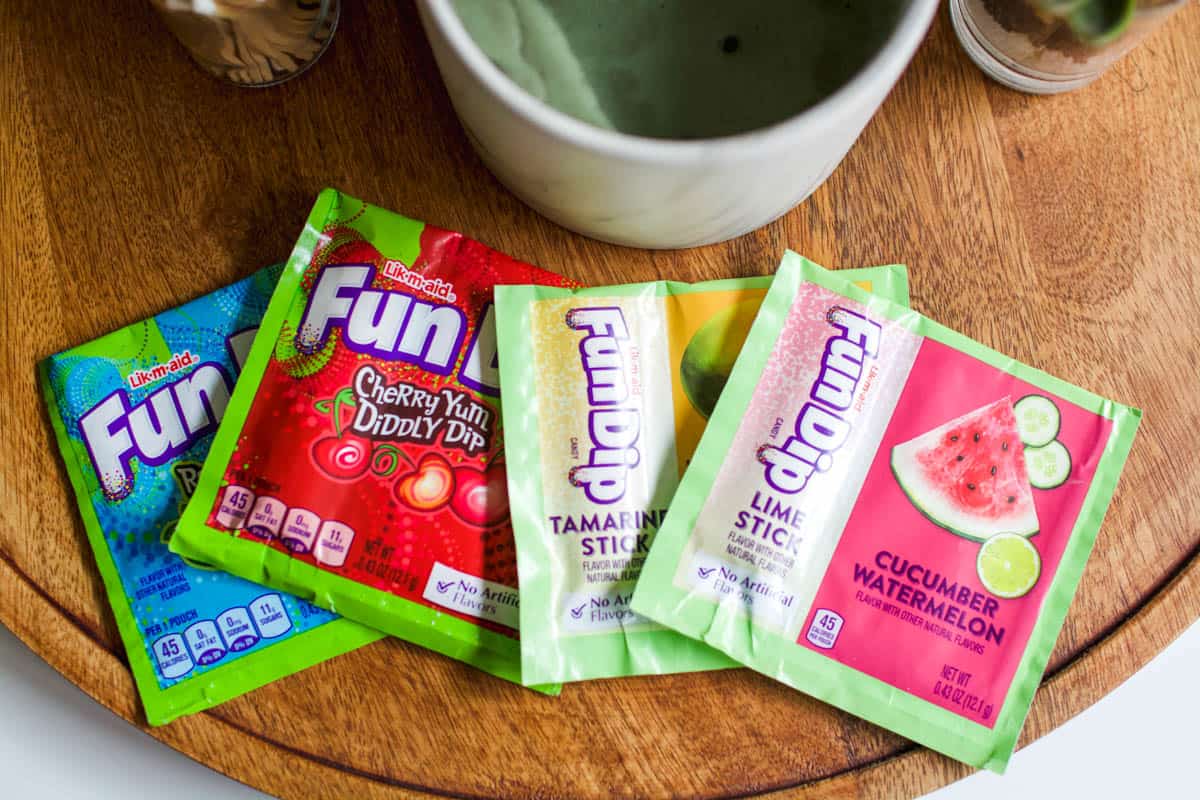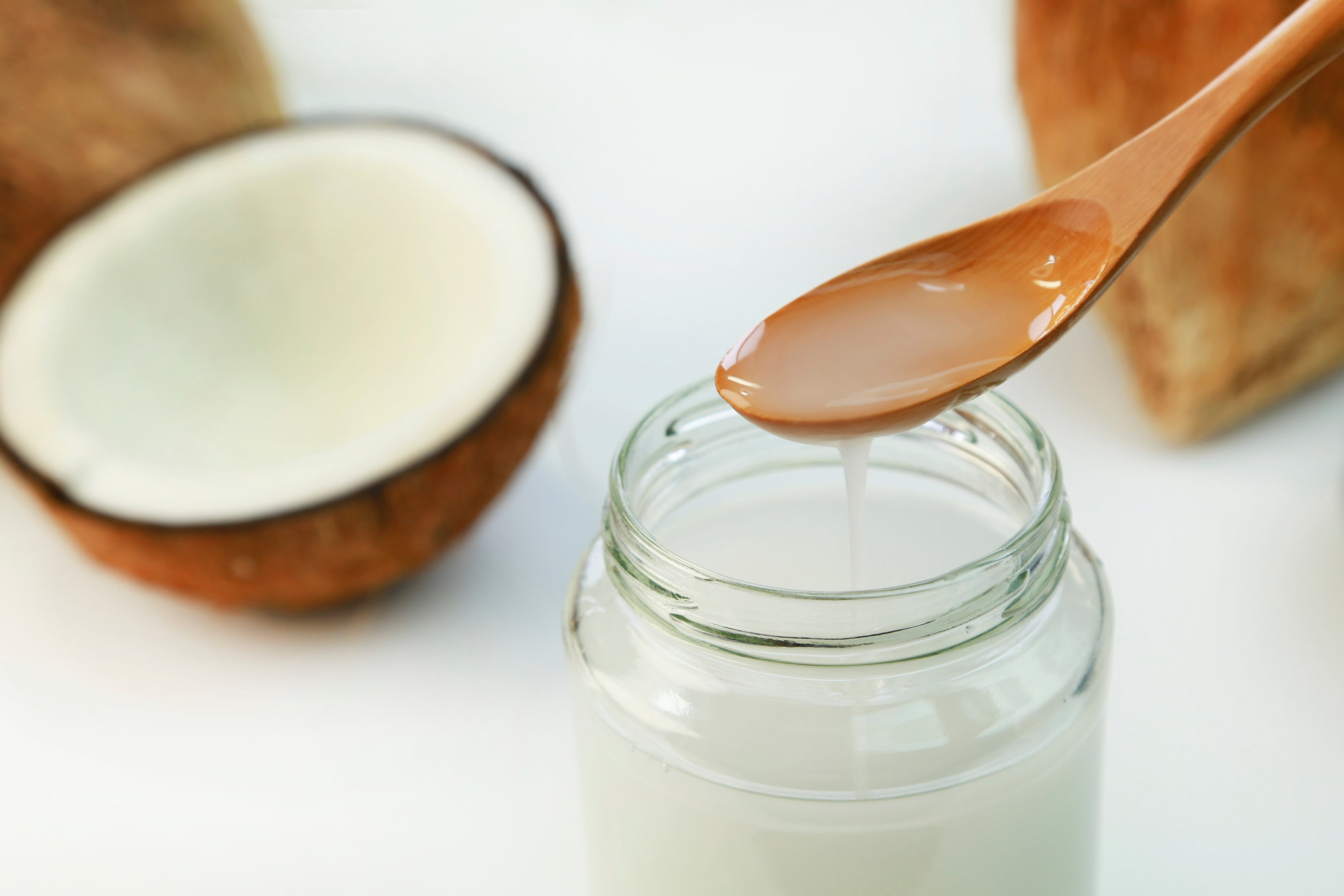Is It Safe to Eat Raw Liver?
Raw liver is a controversial food choice, with some people swearing by its health benefits and others expressing concern about the potential risks. While consuming raw meat carries a risk of foodborne illness, many proponents of raw liver consumption argue that it can provide a rich source of essential nutrients.
Benefits of Eating Raw Liver
Raw liver is packed with essential nutrients, including vitamin A, vitamin B12, iron, and protein. Advocates of raw liver consumption claim that these nutrients are more bioavailable in their raw form, meaning that the body can absorb and utilize them more effectively. Additionally, some people believe that consuming raw liver can support overall health and well-being.
How to Safely Eat Raw Liver
If you’re considering adding raw liver to your diet, it’s crucial to take precautions to minimize the risk of foodborne illness. Here are some tips for safely consuming raw liver:
- Choose High-Quality, Fresh Liver: When selecting liver for raw consumption, opt for high-quality, fresh organ meat from a trusted source. Look for liver that has a vibrant color and a fresh, clean smell.
- Freeze the Liver: Freezing liver at a temperature of -4°F (-20°C) for at least 14 days can help kill any potential parasites or pathogens present in the meat.
- Practice Good Hygiene: Before handling raw liver, wash your hands thoroughly with soap and water. Additionally, ensure that all utensils and surfaces that come into contact with the liver are clean and sanitized.
- Consume It Fresh: If you choose to eat raw liver, it’s essential to consume it as fresh as possible to minimize the risk of bacterial contamination.
- Start with Small Portions: If you’re new to consuming raw liver, start with small portions to gauge your body’s reaction and tolerance.
Recipes and Serving Suggestions
For those interested in incorporating raw liver into their diet, there are various ways to prepare and consume it. Here are a few recipes and serving suggestions to consider:
- Liver Sashimi: Thinly slice high-quality, frozen liver and serve it with soy sauce, wasabi, and pickled ginger for a Japanese-inspired twist.
- Liver Smoothie: Blend frozen liver with fruits, vegetables, and your choice of liquid for a nutrient-dense smoothie option.
- Liver Pâté: Combine raw liver with herbs, spices, and fats to create a flavorful pâté that can be enjoyed on crackers or bread.
Final Thoughts
While consuming raw liver is a personal choice, it’s essential to weigh the potential benefits against the risks. If you’re considering adding raw liver to your diet, it’s advisable to consult with a healthcare professional to ensure that it aligns with your individual health needs and dietary preferences.
Ultimately, the decision to eat raw liver should be made with careful consideration of food safety practices and personal health considerations.
More Delicious Ways to Use This Guide: Recipes and Tips
For those inspired by the guide on eating raw liver, a host of creative recipes await to test your newfound skills. Among them, Raw Liver Sashimi with Soy Sauce and Wasabi stands out for its simplicity and bold flavors, allowing the liver's natural taste to shine through. For a more refined experience, trying the Traditional Beef Liver Tartare is recommended, where the delicate textures and seasoning celebrate this unique ingredient. If you're adventurous, the Liver Smoothie with Mixed Berries offers a nutritional powerhouse with a surprising blend of flavors. Each recipe provides a distinct way to enjoy raw liver, catering to different palates and culinary preferences.

